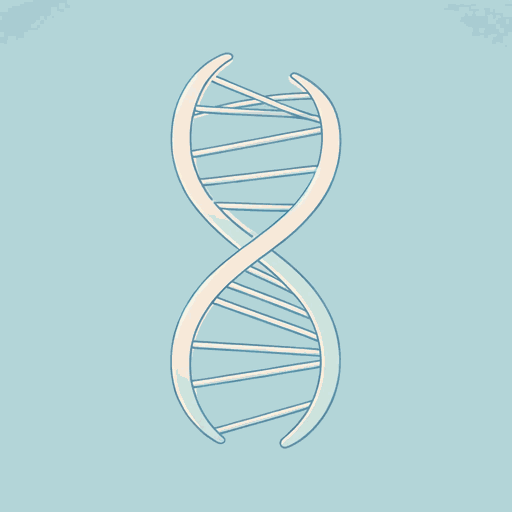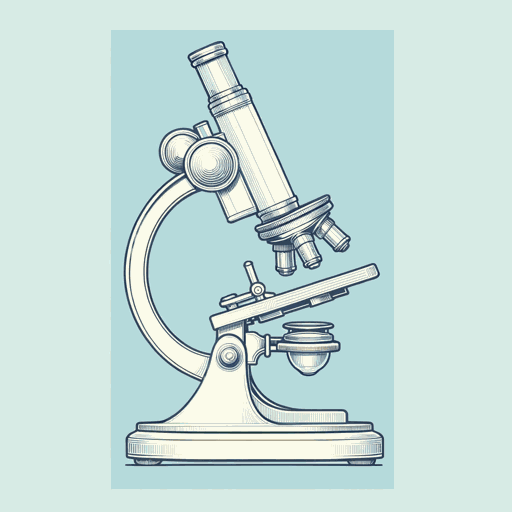67 pages • 2 hours read
Siddhartha MukherjeeThe Emperor of All Maladies: A Biography of Cancer
Nonfiction | Autobiography / Memoir | Adult | Published in 2010A modern alternative to SparkNotes and CliffsNotes, SuperSummary offers high-quality Study Guides with detailed chapter summaries and analysis of major themes, characters, and more.
Part 3Chapter Summaries & Analyses
Part 3: “‘Will you turn me out if I can’t get better?’”
Part 3, Chapter 1 Summary: “In God we trust. All others [must] have data.”
After Farber’s death in 1973, the world of cancer research became fractionated. During the 1950s and 1960s, radical surgery—the legacy of Halsted—boomed in popularity under surgeons such as Cushman Haagensen and Jerome Urban, who became even more radical in their approach to surgery for cancer. Halsted’s theory, called the centrifugal theory, claimed that cancer spun out from its nodes to other areas. Therefore, a surgeon could stop its spread by cutting it out in a radical way.
Others were not so convinced. A doctor named Geoffrey Keynes at St. Bartholomew’s Hospital in London placed radium in the patient of a frail woman with breast cancer. Her tumor shrank, and doctors could remove the mass without radical surgery. He found that radiation and local surgery met with the same success rates as those of the radical surgeons, but Halsted’s followers scoffed at his procedure, which they called a “lumpectomy” (199).
George Barney Crile, whose father of the same name was also a surgeon in the Halsted tradition, heard a colleague of Keynes speak in the US. Crile Jr. doubted the centrifugal theory of cancer and believed that surgeons could remove local tumors via a smaller mastectomy. He maintained that radical surgery could not help metastatic cancers, which, he believed, spread to faraway places and not in a centrifugal way.
Related Titles
By Siddhartha Mukherjee



